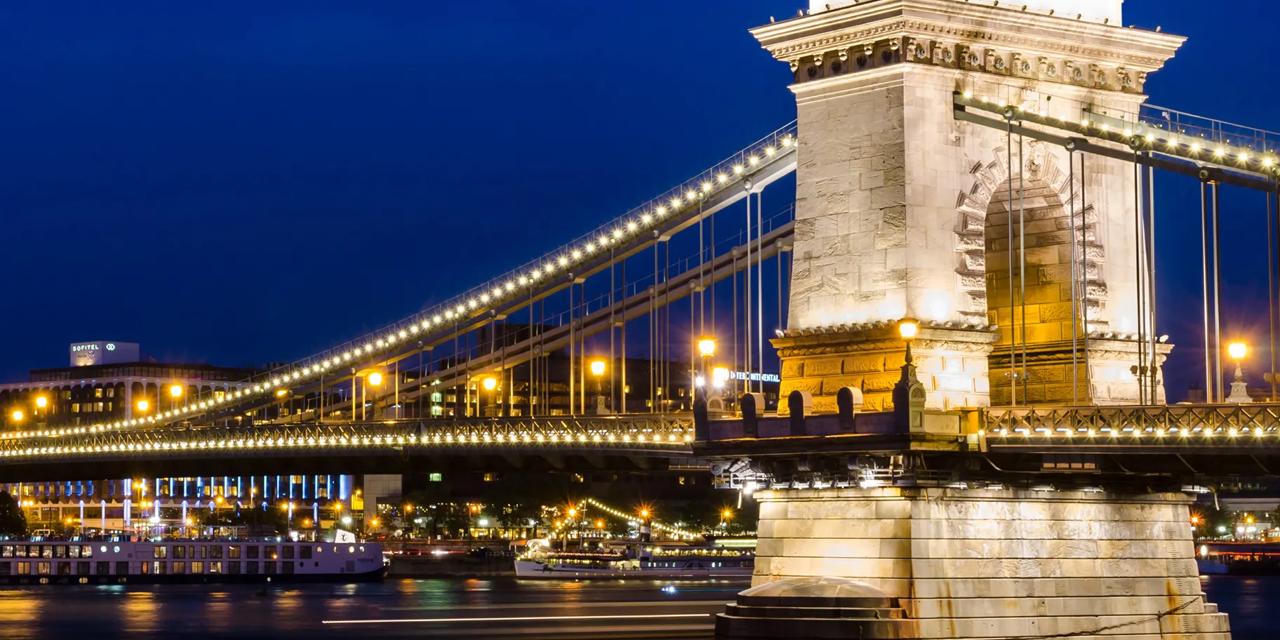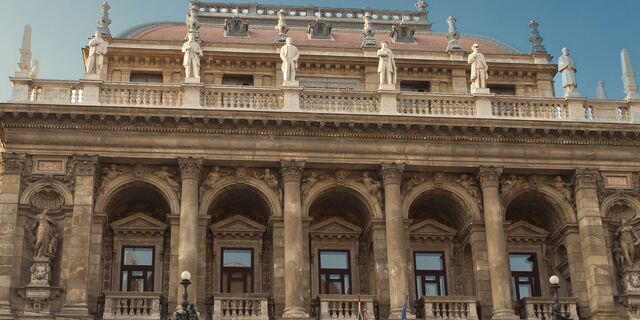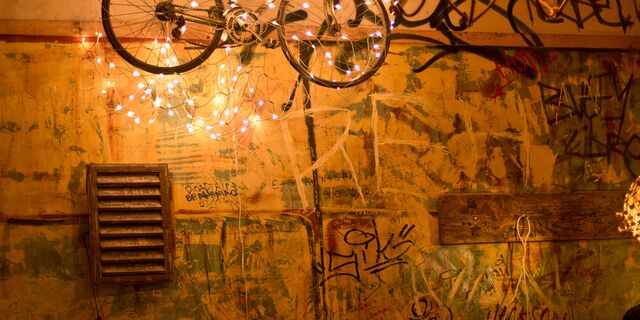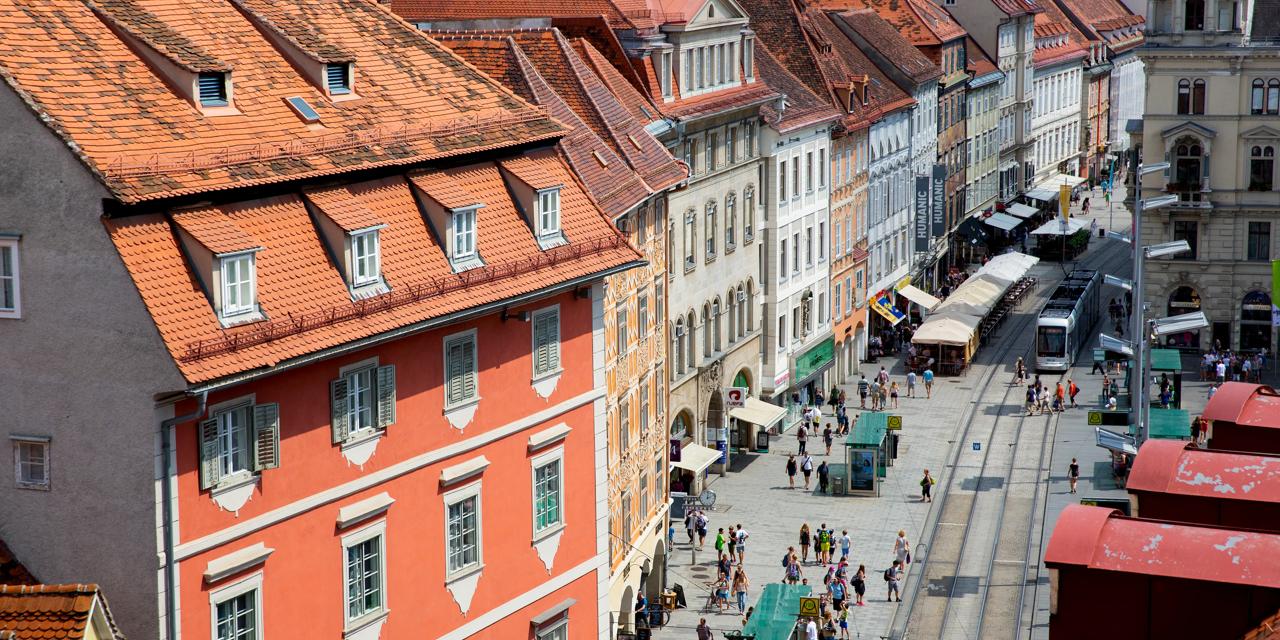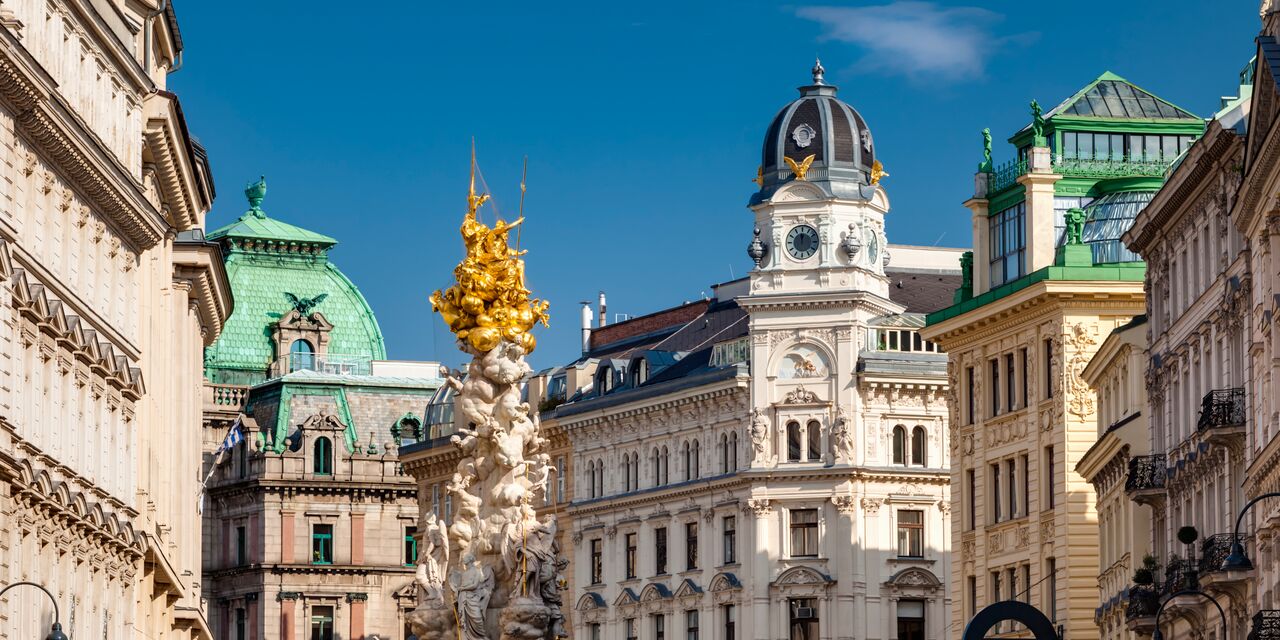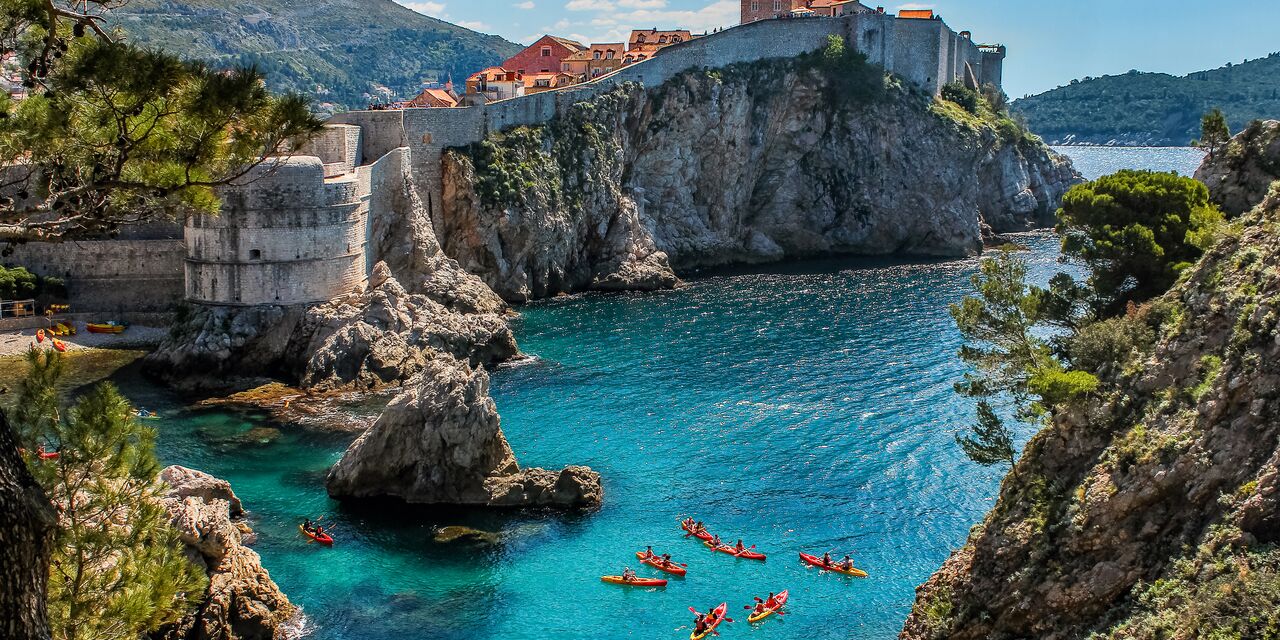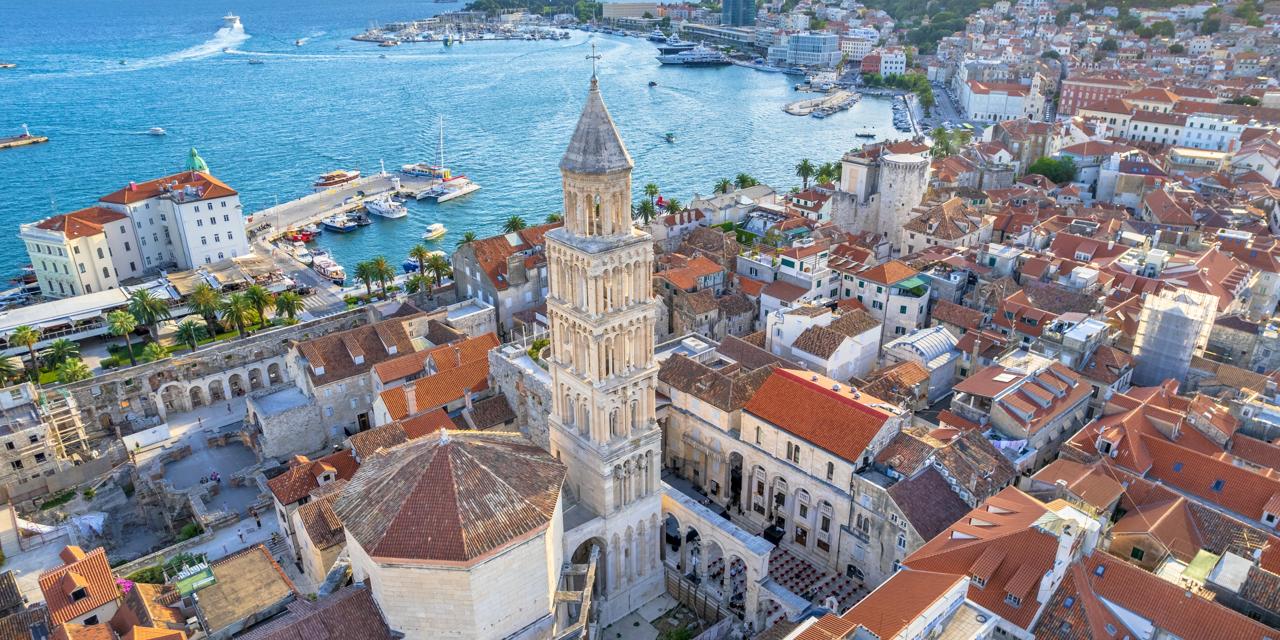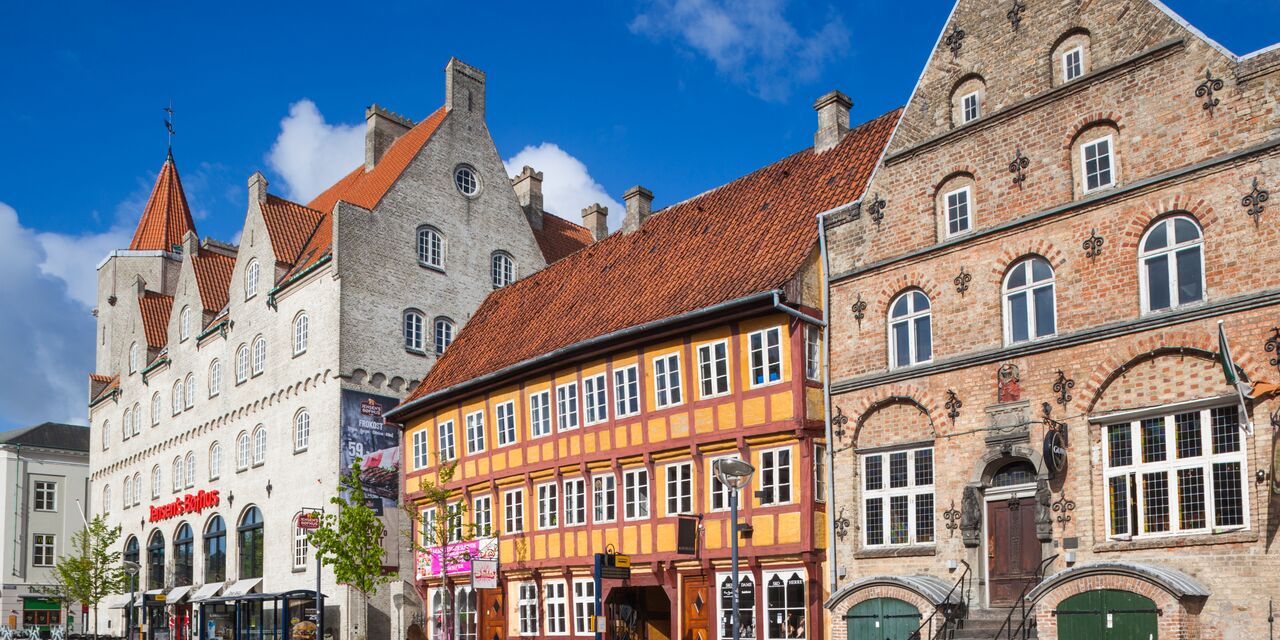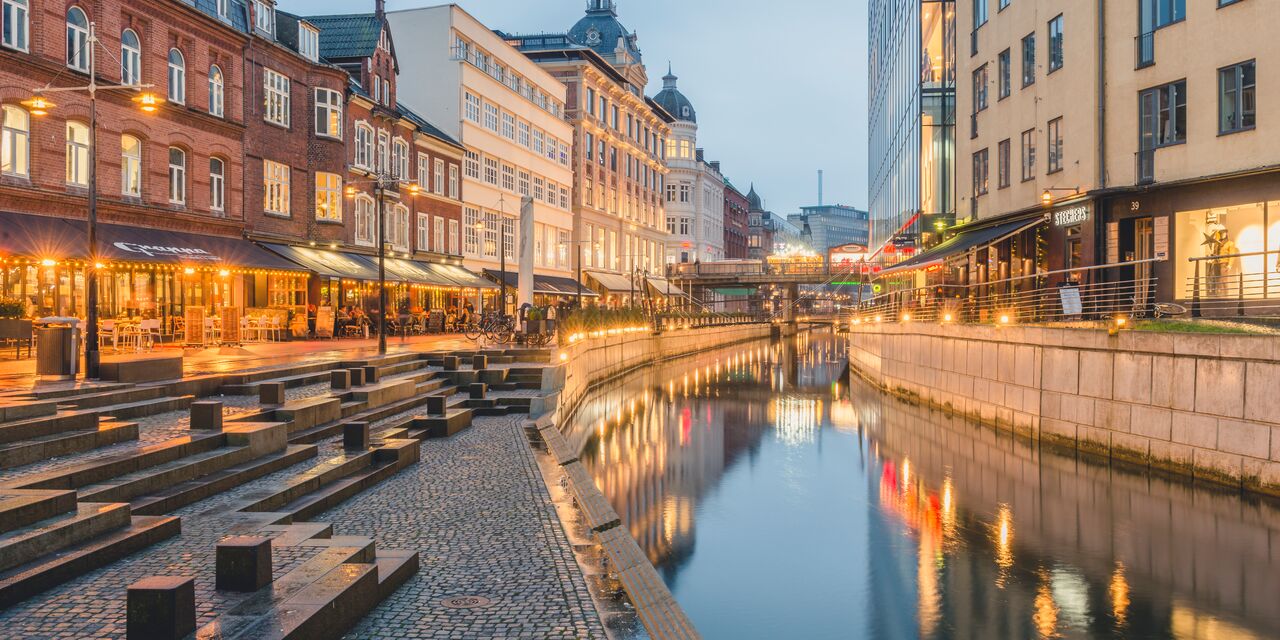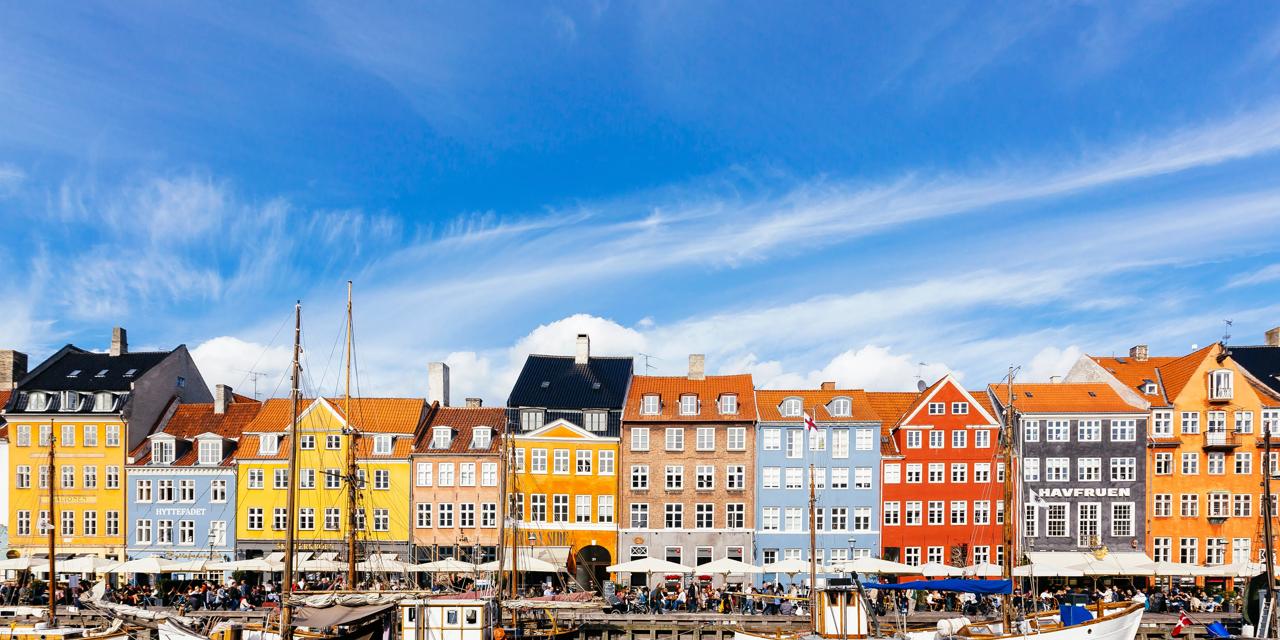A suspension bridge instead of a ferry
While it’s almost impossible to imagine today, there was no permanent connection between Pest and Buda before the Chain Bridge was constructed. Those wanting to travel between what were then still separate cities had to take the ferry in the summer and walk across the frozen Danube in winter – if temperatures were low enough. But unexpected changes in the weather could make any crossing impossible, and as the nearest bridge was in Vienna some 250 kilometres away, unlucky people could get stuck for days on the wrong side of the river. Count István Széchenyi was one of those unlucky ones. In 1820, he had to wait a week to cross the river and missed his father’s funeral. He was so upset by this that he decided to remedy the situation in short order and established a foundation to finance the construction of a permanent bridge over the Danube. The English engineer William Tierney Clark designed the suspension bridge and the Scotsman Adam Clark (no relation) oversaw its construction. The grand opening took place on 21 November 1849.
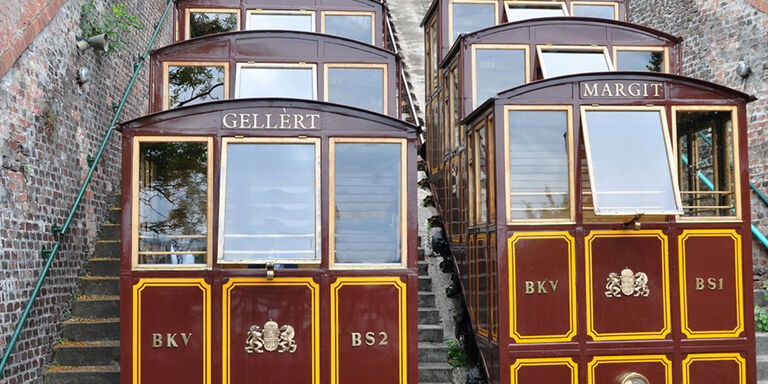
Taking the cable car up to the castle
Adam Clark Square, so named after the construction foreman of the Chain Bridge, features a jagged-shaped ‘0’. This sculpture by Miklós Borsos marks the starting point of all roads in Hungary. This is also where the cable car up to Buda Castle departs: this short ride offers breathtaking views of the Chain Bridge, the Danube Bend and Pest. An amusing fact is that the tunnel under Castle Hill, also built by Adam Clark, is exactly as long as the Chain Bridge. Hungarians like to joke that this is no coincidence: the bridge can be pushed into the tunnel when it rains.

